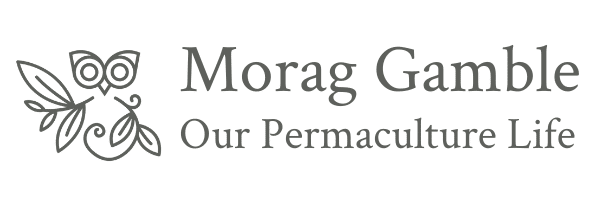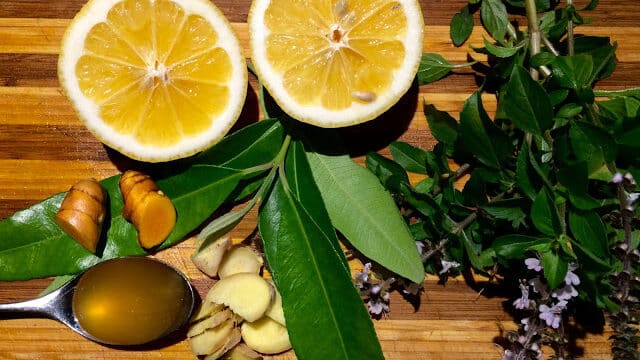Did you know that up to 25% of your standard teabag is plastic and that billions of microplastics shed from the bag into each cup of tea you drink?
But don’t worry, here are three easy fixes to this problem
- Swap to loose leaf, use a tea ball, teapot or plunger.
- Buy loose tea in bulk from a zero-waste store or with friends.
- Or, why not swap to homegrown teas. They are simple to grow – even in pots on a balcony or windowsill and you don’t need much space.
Some of my favourites that I grow just near my kitchen are lemonbalm, lemon myrtle, mints, pineapple sage and tulsi. To make the tea, you just grab a handful like that, stick it into a teapot, let it seep for a few minutes, and then drink. I also love adding fresh turmeric, mint and ginger too, if you’d like to add an extra zing of flavour.
When you grow your own tea leaves, it means you are able to mess around with the flavours a bit, you know, blend different sorts of teas and come up with new combinations.
Watch my video on all these great combinations
If you don’t have the means or can’t wait to grow your own tea, you can still make an improvement by buying bulk. Find your local bulk foods markets and bring your own jar to fill with loose tea leaves. Many places will have a nice selection available.
To learn more about growing a permaculture garden simply and easily, check out our course The Incredible Edible Garden and learn how to design your own permaculture landscape in our Permaculture Design Course.

What is your favourite homegrown tea combination?


